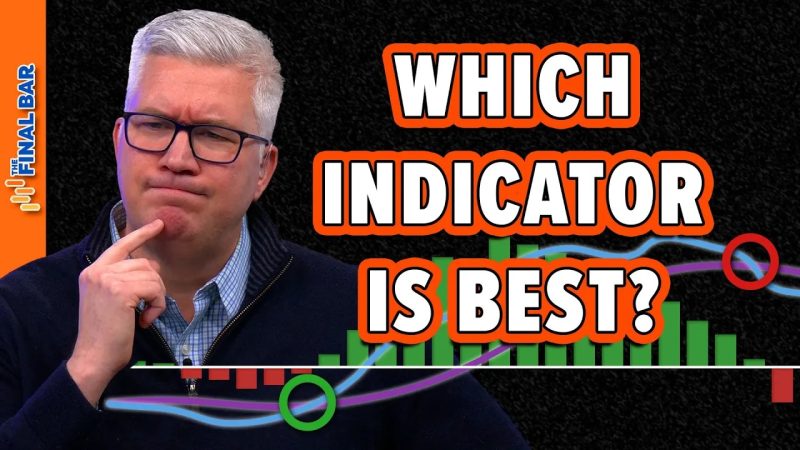In the fast-paced world of trading and investing, technical indicators play a crucial role in helping market participants make informed decisions. Among the various indicators available, the Moving Average Convergence Divergence (MACD), Percentage Price Oscillator (PPO), and Price Momentum Oscillator (PMO) are widely used by traders to analyze price trends and identify potential entry and exit points in the market. In this article, we will delve into the key differences and similarities between these three popular technical indicators to understand their unique characteristics and how they can be leveraged effectively in trading strategies.
Moving Average Convergence Divergence (MACD):
The MACD is a trend-following momentum indicator that consists of two lines – the MACD line and the Signal line. The MACD line is calculated by subtracting the 26-period Exponential Moving Average (EMA) from the 12-period EMA, while the Signal line is the 9-period EMA of the MACD line. The convergence and divergence of these lines provide valuable insights into trend reversals, momentum shifts, and potential buy or sell signals.
Traders commonly use the MACD to identify crossovers between the MACD and Signal lines. A bullish crossover, where the MACD line crosses above the Signal line, indicates a potential buy signal, while a bearish crossover, where the MACD line crosses below the Signal line, suggests a potential sell signal. Additionally, traders look for divergences between the MACD line and price action to anticipate trend reversals and confirm the strength of a trend.
Percentage Price Oscillator (PPO):
Similar to the MACD, the PPO is a momentum oscillator that measures the percentage difference between two moving averages. The PPO is calculated by subtracting the longer-term moving average from the shorter-term moving average and then dividing the result by the longer-term moving average. This normalization allows traders to compare the PPO values across different price levels and securities.
Traders use the PPO in a similar manner to the MACD, looking for crossovers between the PPO line and the Signal line to generate buy and sell signals. The PPO can provide clearer signals compared to the MACD due to its percentage-based nature, which helps in comparing the momentum of assets with varying price levels.
Price Momentum Oscillator (PMO):
The PMO is a unique technical indicator designed to provide a visual representation of price momentum and trend strength. Unlike the MACD and PPO, which use moving averages, the PMO is based on the rate of change between two price points. The PMO calculates the difference between the closing price and a moving average of the closing price and then applies a smoothing factor to generate a momentum line.
Traders utilize the PMO to identify overbought and oversold conditions, momentum divergences, and trend confirmations. A rising PMO indicates increasing momentum, while a falling PMO suggests weakening momentum. Traders look for crossovers above and below a zero line to generate buy and sell signals based on momentum shifts.
In Conclusion:
While each of these technical indicators has its unique characteristics and strengths, traders should consider their trading style, risk tolerance, and market conditions when selecting the most suitable indicator for their analysis. The MACD, PPO, and PMO can be powerful tools in a trader’s toolbox when used effectively to interpret price trends, momentum shifts, and potential entry and exit points in the market. By understanding the nuances of these indicators and their applications, traders can enhance their trading strategies and improve their decision-making process in the dynamic world of trading and investing.

